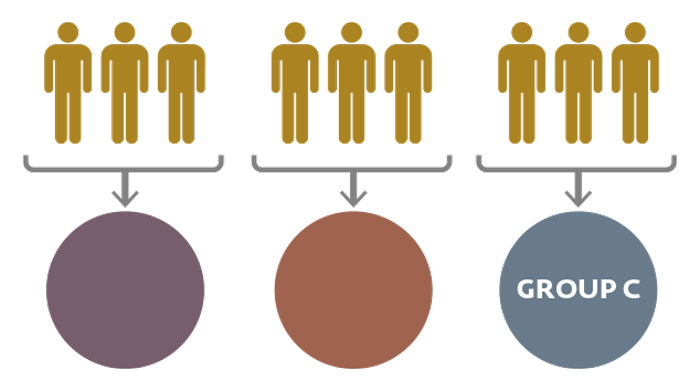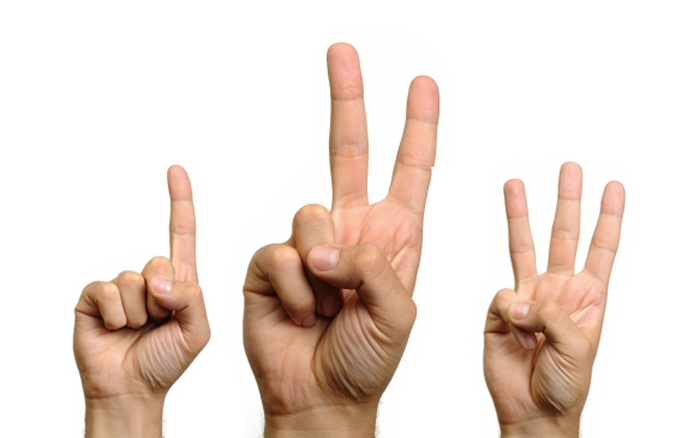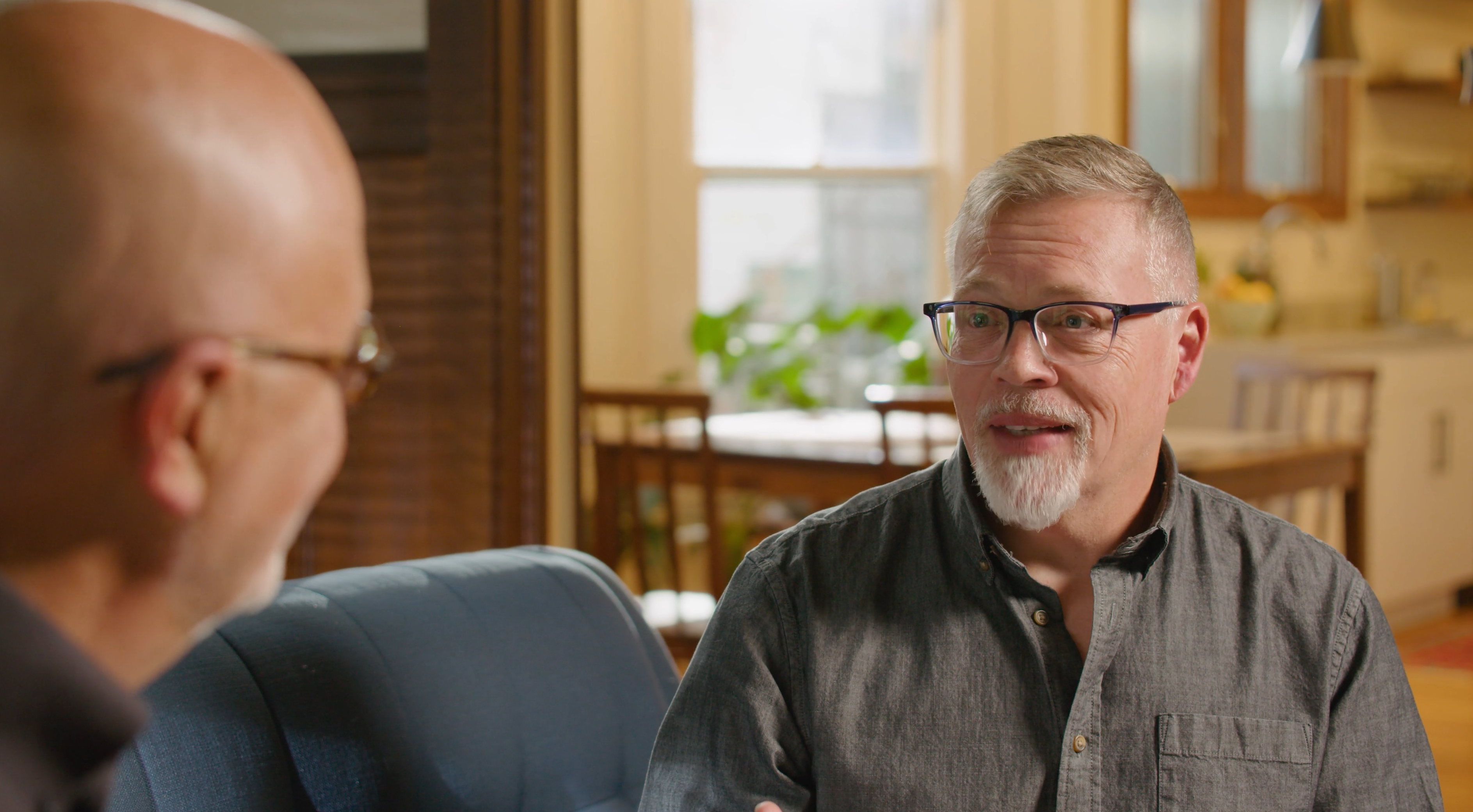I thought Richard wrote a great post last week concerning things that YOU can control in major gifts. As I was thinking about that post, it led me to consider something. Often I get feedback from MGOs on the way they should handle their Tier A level donors. This is something, as an MGO, that you HAVE to control.
Many MGOs tell me they just don’t know how they can spend 50% of their time on only 20-25 people on their caseload. They can’t visualize what they would be doing for these donors 20 hours a week.
Well, to leave you no doubts, I’m going to tell you what you can do and how you need to think about your top major donors, the VIP of your portfolio.
Setting Context
Okay, let’s step back a minute. The reason you tier your donor portfolio in the first place is because it is an economic reality to cultivating a caseload of donors. Not all donors have the same economic value. Tiering your donors allows you to focus your time on donors who will give you a greater economic benefit. That may seem cold, but it’s not. You have to be a good steward of your organization’s expenses and this is a major way to assure that happens. Think about it this way: would you spend $10,000 to make $1,000? No. This is why you cannot spend a lot of personal time and energy on lower tier doors.
So, if you have a full caseload of 150 donors, 20-25 of those donors should make it into your Tier A. That is where half of your time should be spent. Now, when I say this to MGOs, I get the “Are you kidding me?” look.
No, I’m not kidding. If you are wondering how in the world are you going to spend half your time on 20 donors, I’m going to tell you right now.
- With each donor in Tier A, I want you to create a detailed solicitation strategy—This solicitation, if done correctly, will take your organization and your donor to a new level. This is not a general fund type of solicitation. This strategy will involve your program people in either, a) dissecting a current program in order to understand budget and outcomes or, b) creating a new program that furthers the mission of the organization. This will require high-level meetings, budgeting, and possibly getting finance involved. It could become very complex and take many hours of involvement on your part to pull it off. In addition to program involvement, you will need to do a high-level of research on your donor, using both primary and secondary sources. In other words, it’s going to take a few meetings with your donor to truly understand his or her passion so you can match it up correctly with your program needs. Done well, this could take 4-6 months of meetings and planning.
- Develop a high-touch, deeply personal cultivation strategy — Along with your solicitation strategy, you want a very personal cultivation strategy so the donor is aware that he is special. However, it is important to note this: personal cannot be annoying. Quality trumps quantity every time with your tier A donors. For example, when you send a newsletter to your donor, make sure you have either a nice note or cover letter that is personal to her. Write something that only that donor would understand. Any chance you can get to let a donor know that you KNOW her is gold. If you’re sending a birthday card, don’t just sign your name, write something personal.
- Provide unbelievable donor service — Unfortunately, donors don’t expect much from non-profits. More often than not, they disappoint them. But, this is your opportunity to make an indelible mark on your donor’s heart. With your tier A donors, YOU want to really know and understand them. You should know their businesses, where they live, their favorite style of art, who else they donate to, their life history, who they are related to, their hobbies, what clubs and/or church they belong to, what drives their passion for life. If you know these things, you will have the ability to surprise them and create special moments for them. I cannot begin to tell you the many stories I have heard from great MGOs who have made an impact in the lives of their donors because of the thoughtfulness they showed, demonstrating they knew them in a personal way. Think of how many ways you can serve your donors by making connections for them, getting them information and helping them with a problem.
If you embed these three overall strategies into your work with the Tier A of your file, amazing things will happen. But as you can see, it will take a ton of time and effort on your part to do this right. You may find you can only handle 15 people at this level because it’s so complex. The point is, these donors will have the ability to help change your organization. That will only happen if you put the time, energy and effort into them.
And in many cases, not only will the organization and donor change, but so will YOU in the process. It’s transforming!
Jeff






0 Comments